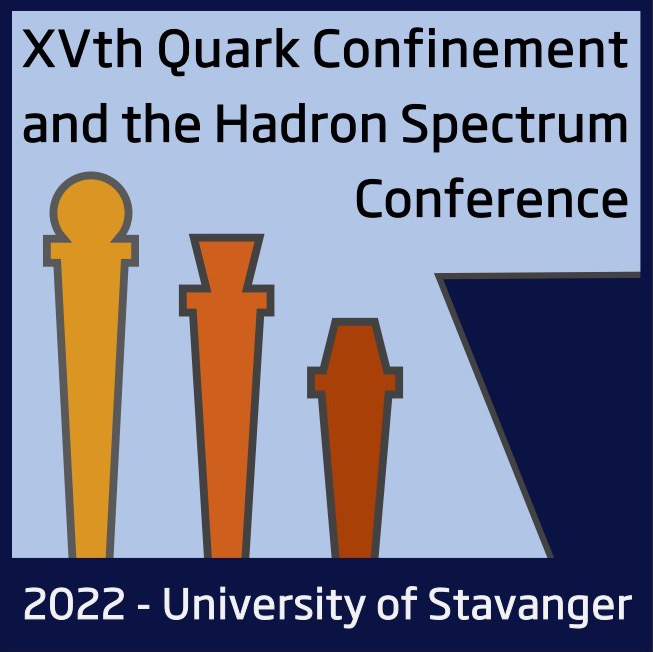Speaker
Description
The low-energy regime of QCD is known as the nonperturbative region of QCD because the standard perturbation theory based on the gauge-fixed Lagrangian by the Faddeev-Popov procedure finds a Landau pole at small scales. However, numerical simulations show that the coupling constant, i.e. the one obtained through Taylor's Theorem, remains finite in the infrared. In particular, the development parameter takes values of the order of 0.3. This suggest that some kind of perturbation theory could describe certain behaviours in the infrared. A priori, this seems to be in contradiction with the Landau pole found with the Faddeev-Popov Lagrangian. It turns out that the Faddeev-Popov procedure for fixing the gauge is not well justified for infrared scales (Gribov problem). In fact, it is not known what is the fully justified procedure for fixing the gauge in the infrared. In addition to this fact, numerical simulations on the gluon propagator show that it goes to a finite value in the infrared, acquiring a behavior similar to that of a massive particle. All these observations are taken into account in the Curci-Ferrari model which proposes to add a mass for the gluons in the Lagrangian as a product of the correct gauge fixation. This Lagrangian is infrared save and therefore allows analytical calculations in the infrared. In particular, for the Landau gauge, we show that perturbative results at one and two-loops give a very good description of the propagators and the simulated vertices.

